We've all experienced painful and unsightly bruises, which appear when you injure the soft tissues in your body.
Bruises are caused by the breakage of small veins and tiny blood vessels under the skin, causing red blood cells to leak. They collect and clump under skin, and this is what causes different-colored marks to form at the surface.
In an exclusive guide below, we'll go through the different stages of bruises, as explained by Dr. Tina M. St. John, M.D.
Most bruises can heal themselves. Your body efficiently breaks down blood cells in the skin, and activates a process of repair.
But there are several at-home remedies you can apply to speed-up the healing process — just as there are special methods for quickly curing an uncomfortable canker sore.
Scroll further to see other ways you can help speed up the healing process, and let us know your thoughts in the comments below!
Stage #1: Red
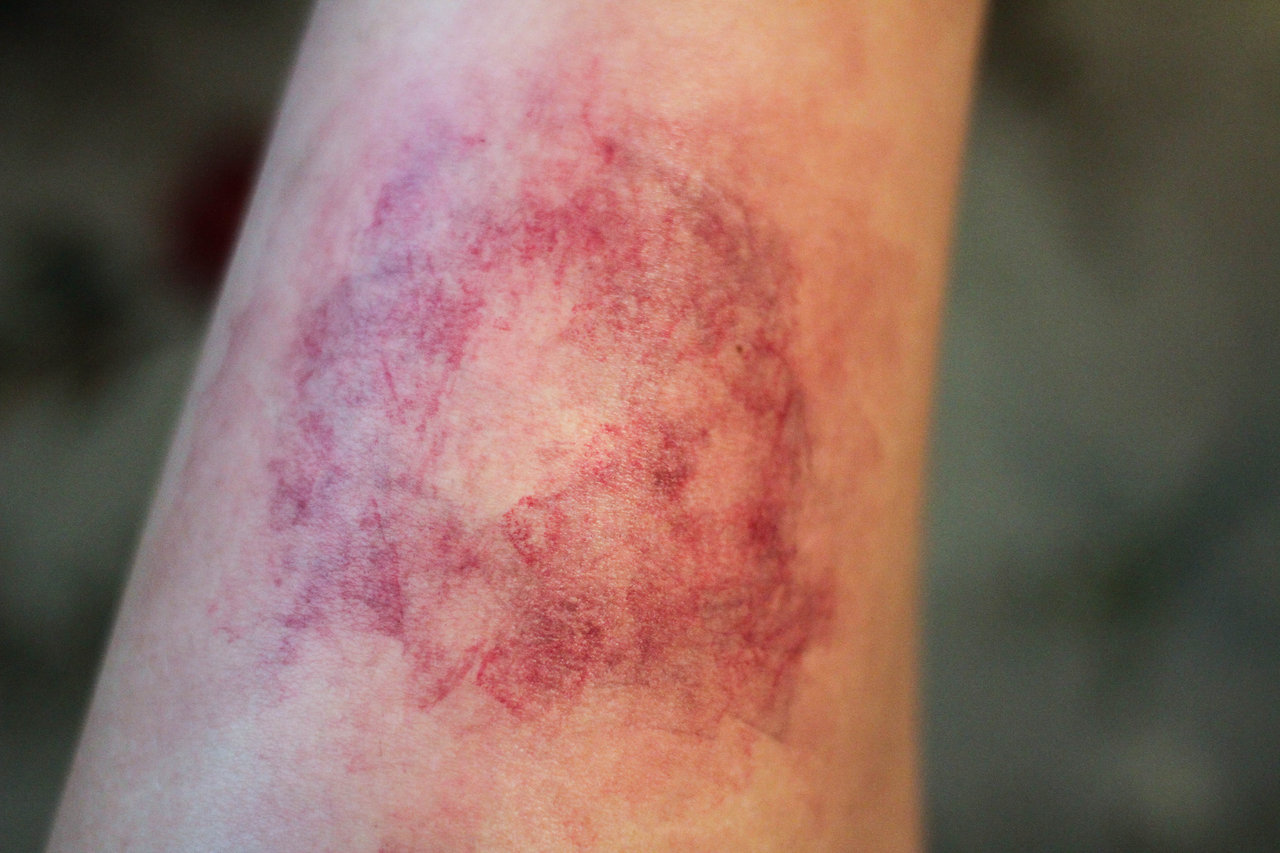
There are five distinct bruise colors, each varying in shade and meaning. Their changing colors are caused by how the blood underneath your skin is broken down, renewed, and healed.
The freshest bruises can surface on the skin within minutes to a couple of days. This depends on how deep the bleeding is occurring under your skin.
A new bruise will appear red. Fresh blood is leaking from your injured blood vessels and into your tissue, and is bright red because it is high in iron and oxygen.
Stage #2: Blue
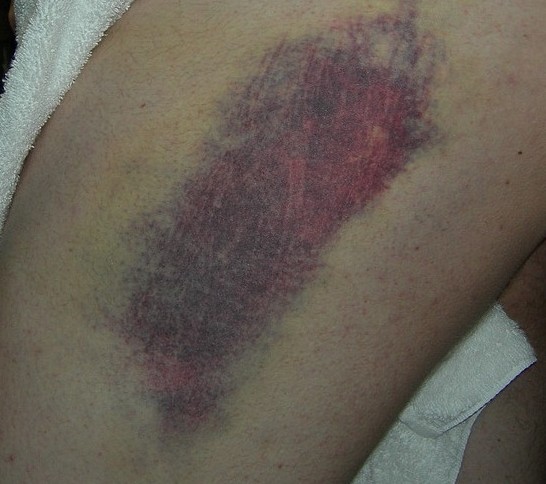
Sometimes, your bruise can change colors within just a few hours.
Blood that initially leaked from your injured blood vessels quickly loses its oxygen content. As a result, the blood becomes darker, and will look either dark blue or slightly purple.
If you have a deeper injury, however, you might skip the "red bruise" stage entirely — by the time the bruise surfaces on your skin, it may have a bluish-purple hue.
Stage #3: Purple
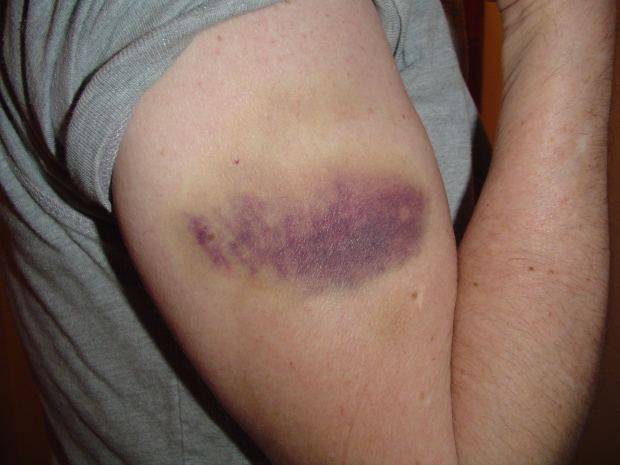
Extremely similar in appearance to a blue bruise, purple bruises will surface within one to three days of the injury.
The nastier your injury, the deeper and more intense the color. The bruise may even have hints of black.
At this stage, the iron in your body is rapidly producing new red blood cells, and transported to the point of injury.
Stage #4: Green
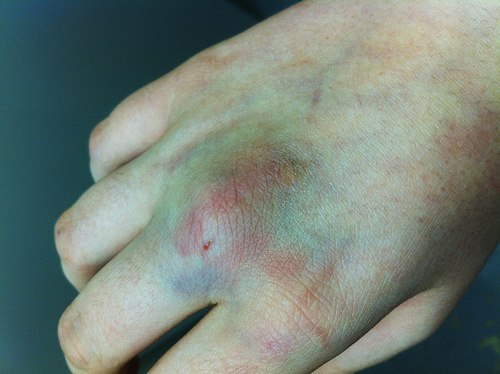
After a few days, your bruise will start to turn a greenish color.
As your red blood cells break down, they produce hemoglobin, a protein that contains iron.
During healing, your body turns hemoglobin into new chemicals, which cause new colors to surface on your skin.
At this point, your bruise may either be green at the center, or border a blueish-purple ring.
Stage #5: Yellow
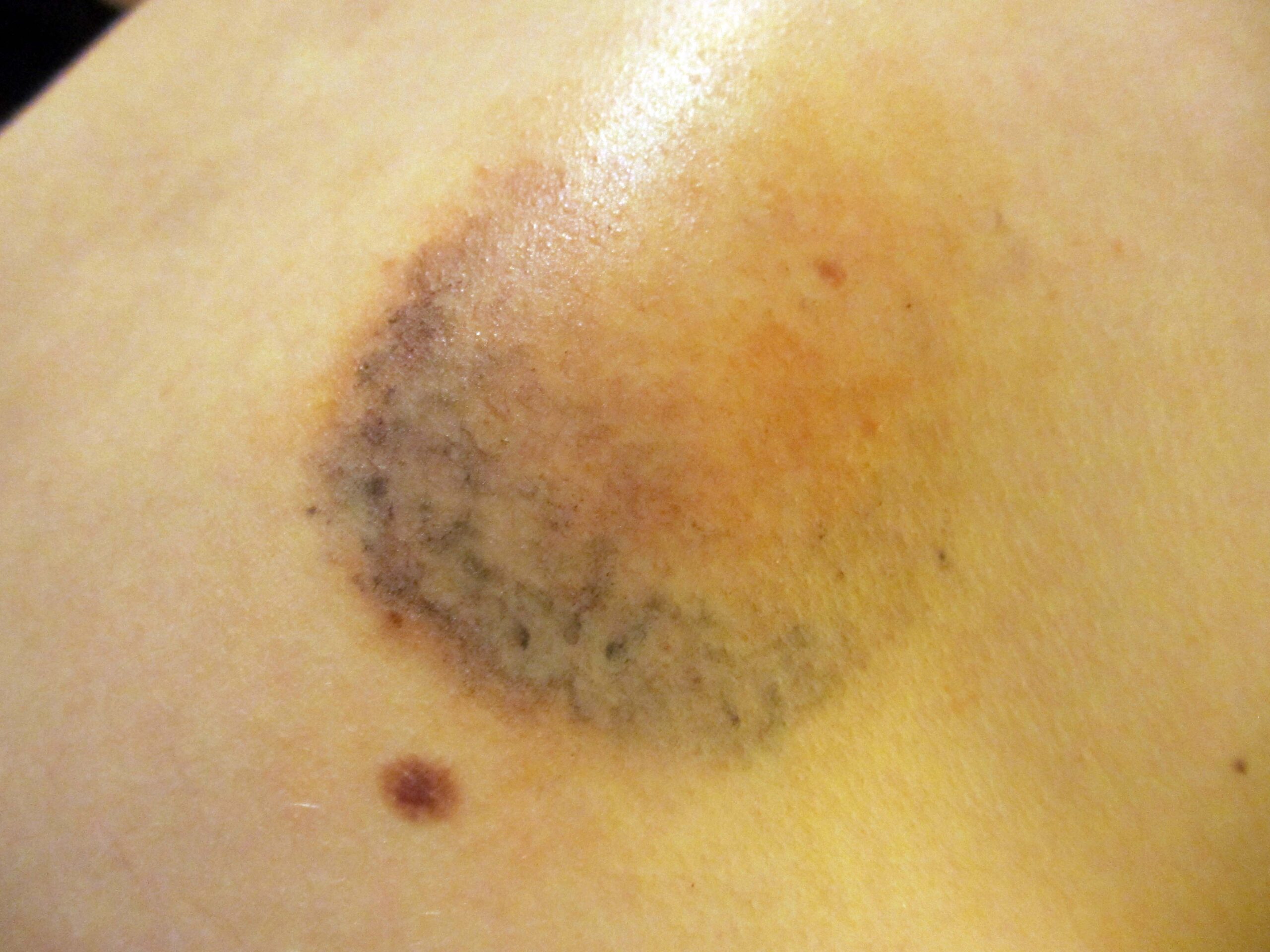
In the final stages of healing, your bruise will no longer appear primarily purple or green.
At this point, most of the hemoglobin has been broken down, and has produced a chemical called bilirubin, causing your bruise to appear yellow.
Your body is still working to clean up the blood cells that leaked from your vessels, and eventually will fade away the yellow on your skin.
Solution #1: Put On An Ice Pack
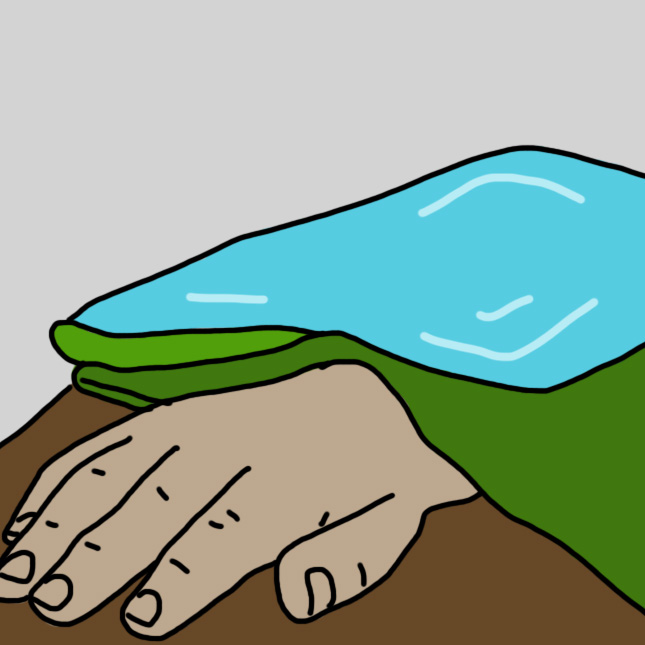
In most cases, bruises will heal by themselves. Unless you've been injured severely and need urgent medical attention, you can use some at-home techniques to reduce pain and swelling.
Try placing an ice pack or some other frozen substance directly on your bruise. This will help reduce swelling and stiffness.
Apply for 10 to 20 minutes, at least three times a day, according to WebMD.
Solution #2: Elevate The Area Of Bruising
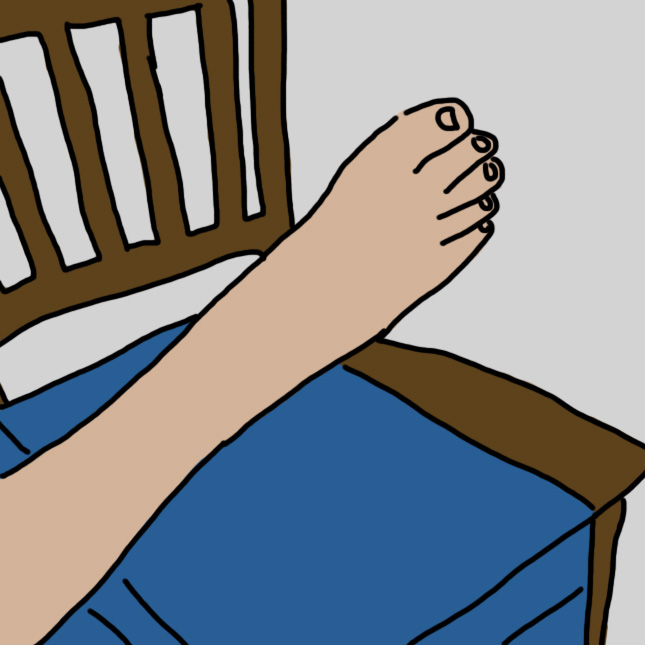
You want to do everything you can to help minimize swelling around the area of injury.
One easy way is to elevate the area of your bruise on pillows or up on a chair.
Apply an ice pack while doing so, and try to elevate the area above the level of your heart to reduce bleeding.
Solution #3: Apply Heat After 2 Days
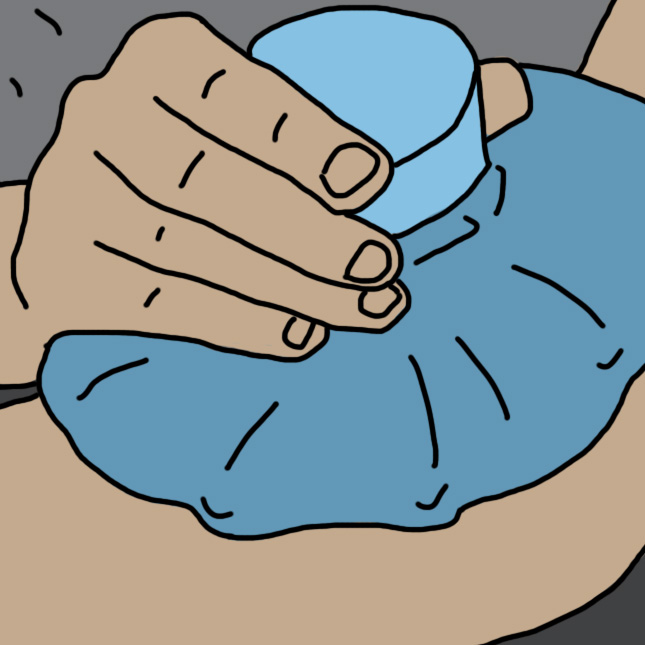
For the first 48 hours, avoid taking hot showers, putting on hot packs, and consuming too much alcohol.
After two to three days, you can start applying heat to the bruise, if most of the swelling has gone down.
Apply heat packs to your bruise for 10 to 20 minutes a couple of times every day. This will help increase circulation in the area, which may help speed up the healing process.
Solution #4: Compress The Area
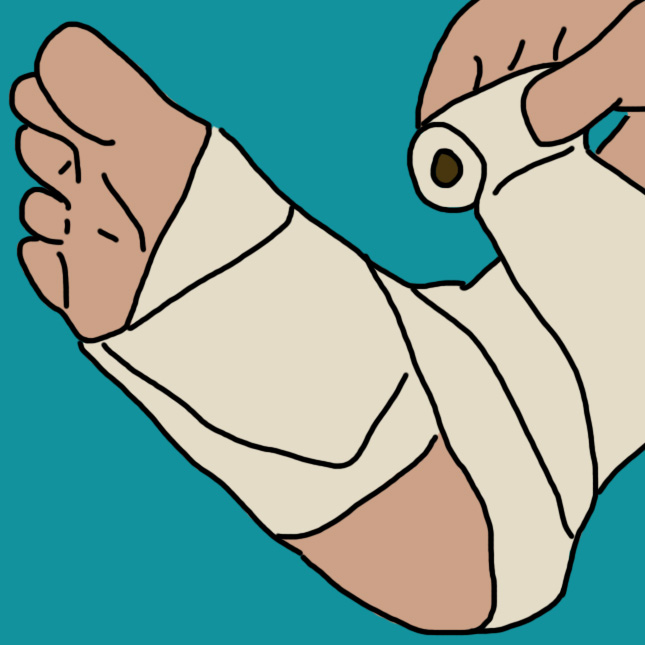
You can also begin gentle exercises and apply movement to the area, to help restore its flexibility.
Try compressing the area around your bruise: wrap the area with an elastic bandage, but don't wrap it too tightly, as this can bring back the swelling.
If the area becomes numb or starts to tingle, it's best to loosen the bandage a little.
Solution #5: Apply Natural Ointments
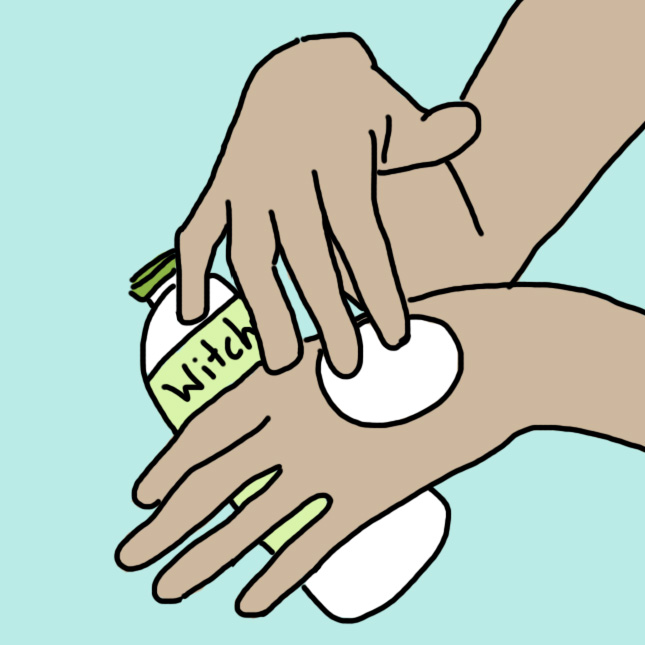
While you can certainly take a variety of over-the-counter medications to relive pain, plenty of at-home remedies are also available.
Try applying natural products and ointments, like witch hazel and arnica, which are both derived from plants.
They will help alleviate damaged veins, and promote healing.
Please SHARE if you think it's important to know useful steps for healing your injuries!




